11 Rare and Valuable Georgian Furniture Pieces
Georgian furniture is celebrated for its exquisite craftsmanship and timeless design. It combines elegance and functionality, making it a staple in fine homes for centuries. Many of these pieces are highly sought after by collectors, who value their historical importance and beauty. As the demand for Georgian furniture grows, some pieces have reached impressive price points. If you are interested in vintage furniture, knowing which pieces are the most expensive and desirable can help you make informed decisions.
This post may contain affiliate links, which helps keep this content free. Please read our disclosure for more info.
Georgian Wingback Chair
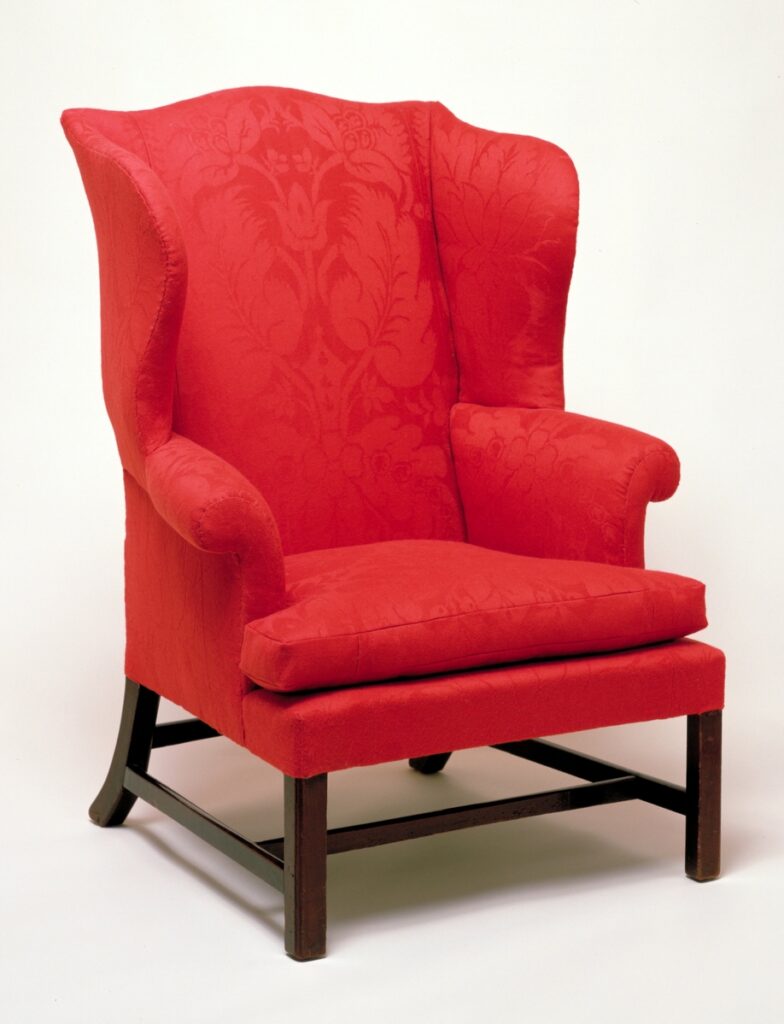
The Georgian Wingback Chair, often associated with comfort and style, was a common sight in elite homes of the 18th century. Known for its high back, wings, and sturdy wooden legs, this chair combines practicality with luxurious design. Its value today is often driven by the age, condition, and fabric used, with fine upholstery, such as silk, adding to the price. Prices for high-quality, well-maintained chairs can range from $3,000 to $15,000 or more.
Wingback chairs were originally designed to protect individuals from drafts and were commonly found in sitting rooms. The combination of wood and fabric upholstery, along with the style’s historical significance, makes this chair a coveted piece. Antique versions made by renowned makers can fetch especially high prices. The rarity of these pieces in good condition makes them highly sought after in the current market.
Georgian Pembroke Table

The Georgian Pembroke Table, often a small, portable piece, was first introduced in the mid-18th century and remains highly valued by collectors today. Characterized by its drop-leaf design and elegant, often curved legs, the Pembroke table was a favorite in both sitting rooms and bedrooms. The craftsmanship and use of quality woods, such as mahogany and walnut, contribute to the table’s high value. Depending on condition and origin, its value can range from $2,000 to $10,000.
Its compact and versatile design made it suitable for a range of purposes, including dining and writing. The intricate inlay work on some models, particularly those produced by well-known craftsmen, further increases their desirability. The simplicity yet refinement of the design has kept the Pembroke table in demand for centuries. Antique versions, particularly from renowned workshops, hold the highest value.
Georgian Mahogany Chest of Drawers
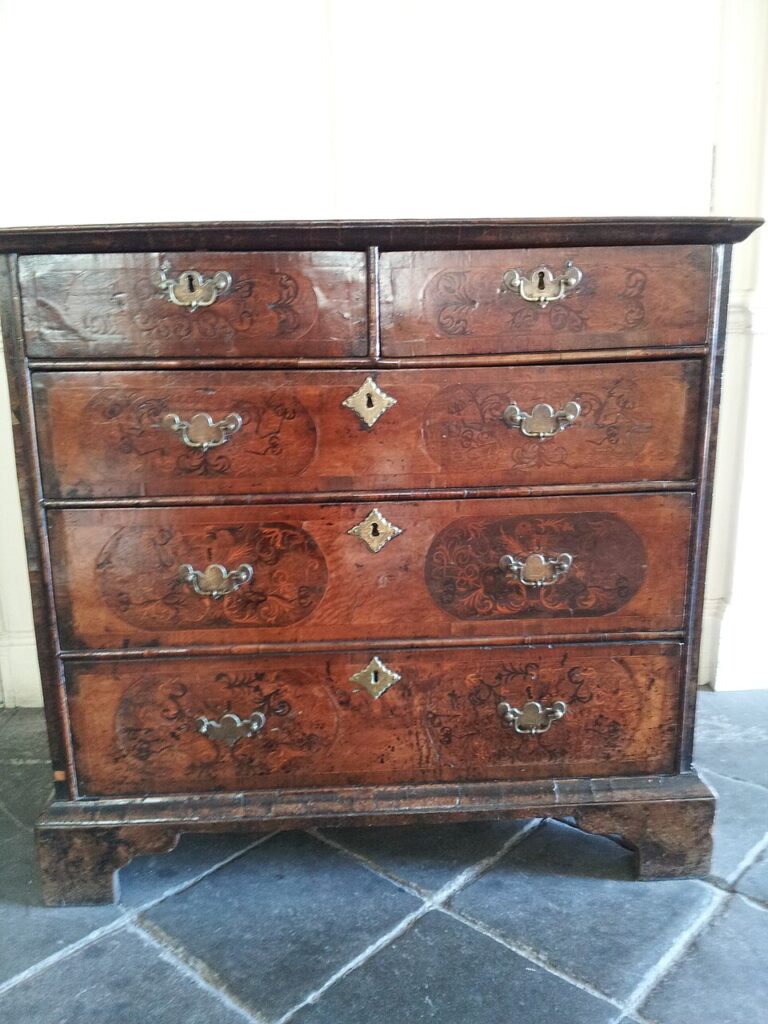
Georgian mahogany chests of drawers were widely produced during the 18th century, with many craftsmen using high-quality mahogany wood for these pieces. Their elegant design, often featuring delicate carvings and brass hardware, made them highly valued in the era. The craftsmanship involved in their creation makes these pieces expensive today, especially those in excellent condition. Depending on the quality, market value can range from $5,000 to $20,000.
The chest’s ability to combine function with beauty has made it a staple in many fine homes for centuries. The intricate detailing on some chests, including inlay work and curved fronts, adds to their allure. These pieces are highly prized by collectors who seek original, well-preserved examples. The rarity of some models with unique features further drives up their market value.
Georgian Mirror
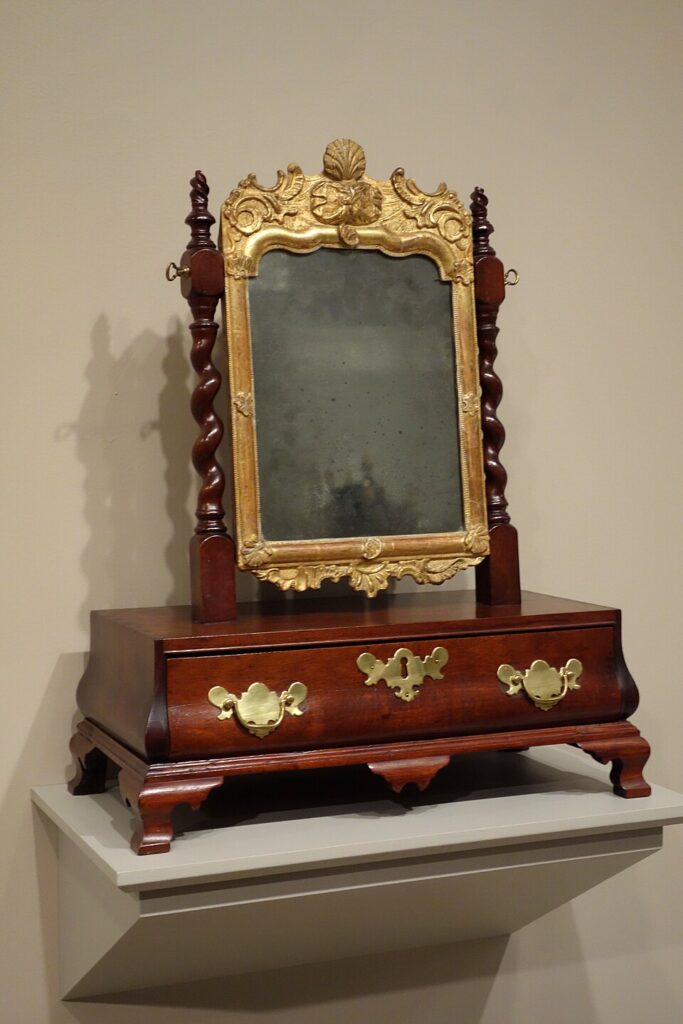
Georgian mirrors, particularly those framed in ornate carved wood or gilt, are highly prized for their craftsmanship and beauty. These mirrors were often placed in drawing rooms and hallways, reflecting the elegance of the Georgian era. The quality of the wood used and the level of craftsmanship, including hand-carved detailing, often drive the price up. Well-preserved mirrors can be valued between $5,000 and $15,000, with rarer designs fetching higher prices.
What makes Georgian mirrors especially expensive is the intricate craftsmanship involved in their frames, often made from high-quality mahogany or pine. The use of glass, particularly in larger pieces, was a significant luxury in the 18th century. Collectors value these mirrors for their historical importance and visual impact in homes of the period. Their original gilding and detailing make these pieces particularly desirable for antique collectors.
Georgian Dining Table
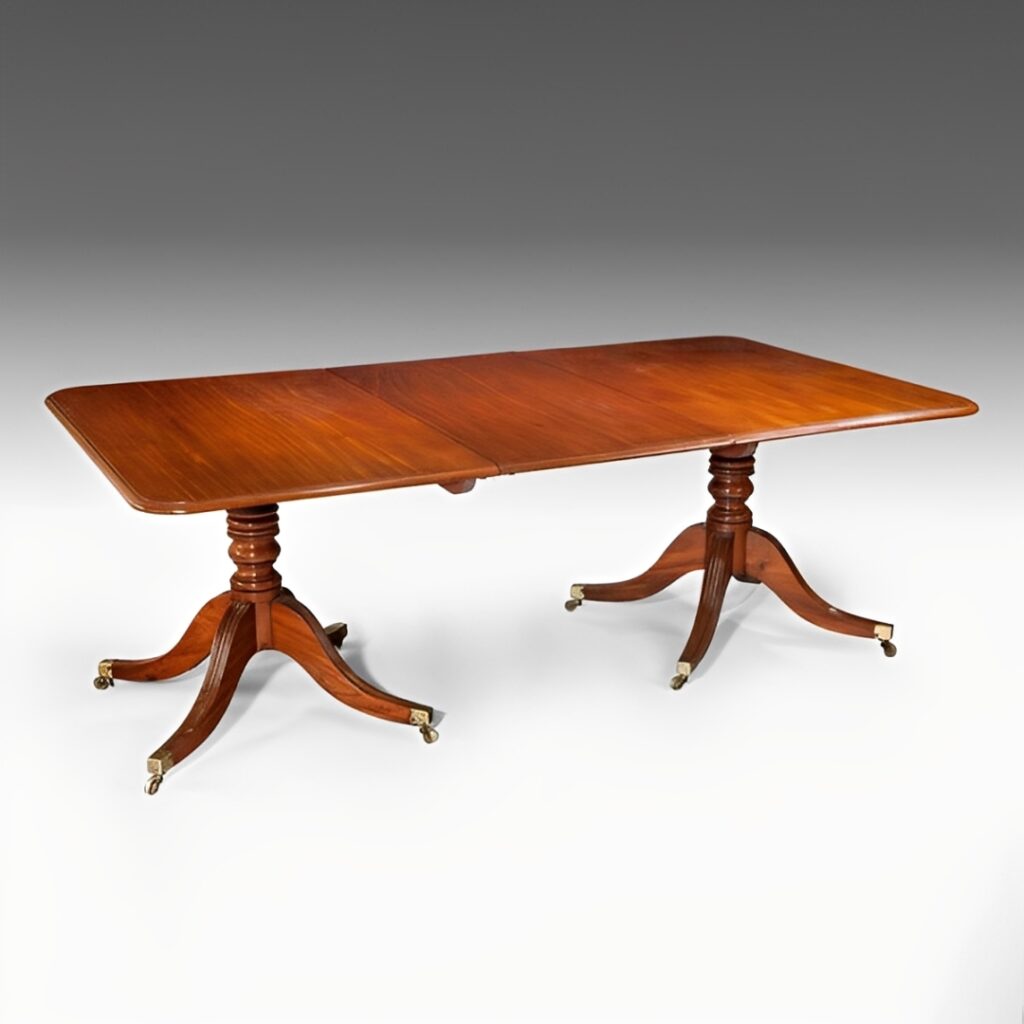
Georgian dining tables, made from solid wood like mahogany or oak, were prized for their durability and beauty. These tables often feature elegant, straight lines and were designed to accommodate large gatherings, which were common in Georgian homes. Today, their value comes from their size, the quality of the wood, and the craftsmanship of the legs, which often feature intricate carvings or turned detailing. Depending on the specific design and condition, Georgian dining tables can range from $4,000 to $25,000.
Large, elegant dining tables were central to Georgian life, hosting everything from dinner parties to formal meetings. Many of these tables are still in use today, thanks to their strong construction and timeless appeal. The rarity of particularly large or finely crafted tables increases their value. When well-preserved, these tables are highly sought after in the antique market for both their historical significance and beauty.
Georgian Bureau
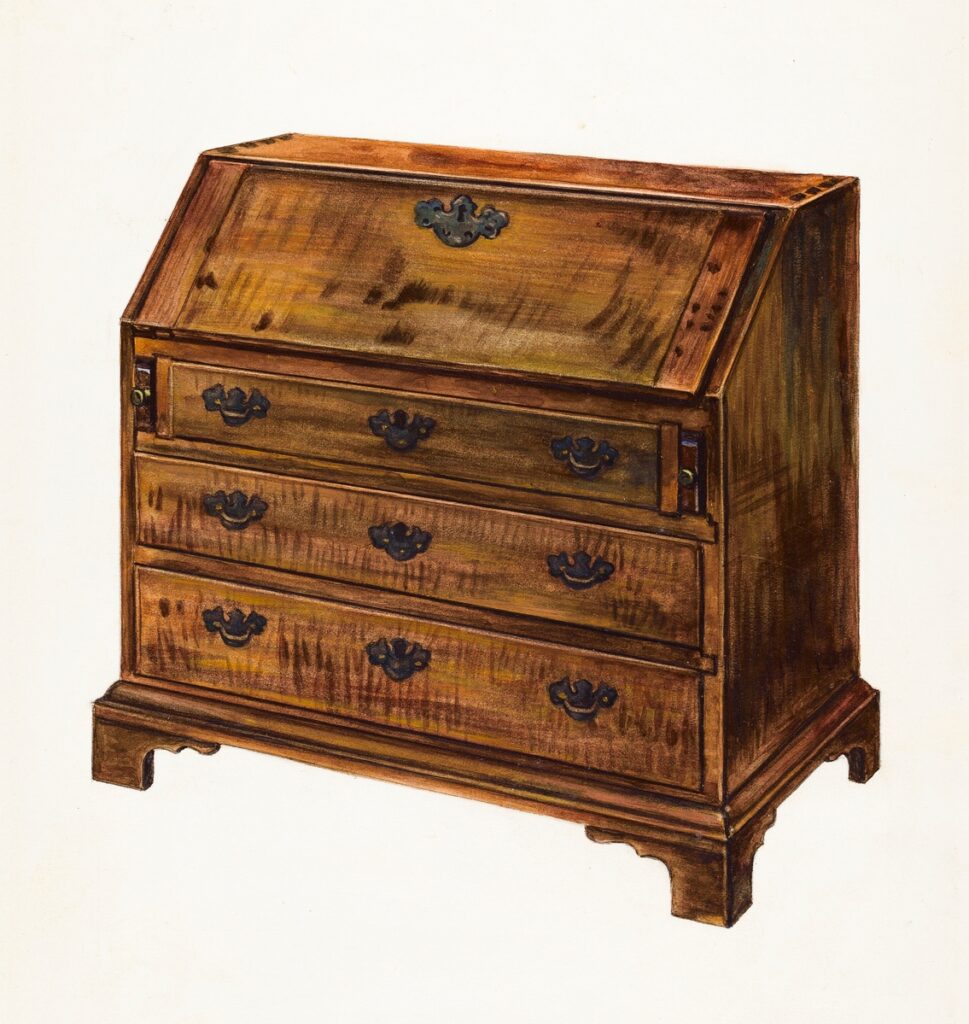
The Georgian bureau, a piece of furniture that combines a writing desk with storage, became highly popular during the 18th century. It is often made from fine woods such as walnut or mahogany, with elegant inlays and brass hardware that make it stand out. The bureau is highly valued today due to its functional design and its association with the refined Georgian style. Prices for these pieces can range from $4,000 to $12,000, depending on their condition and the quality of the craftsmanship.
These bureaus were used for both personal and business matters, providing a sophisticated workspace in many Georgian homes. The use of exotic woods and inlay work further contributed to their value in the period. Today, well-preserved versions are considered highly collectible, with some fetching premium prices. The bureau remains a symbol of both style and utility in Georgian design.
Georgian Cabinet
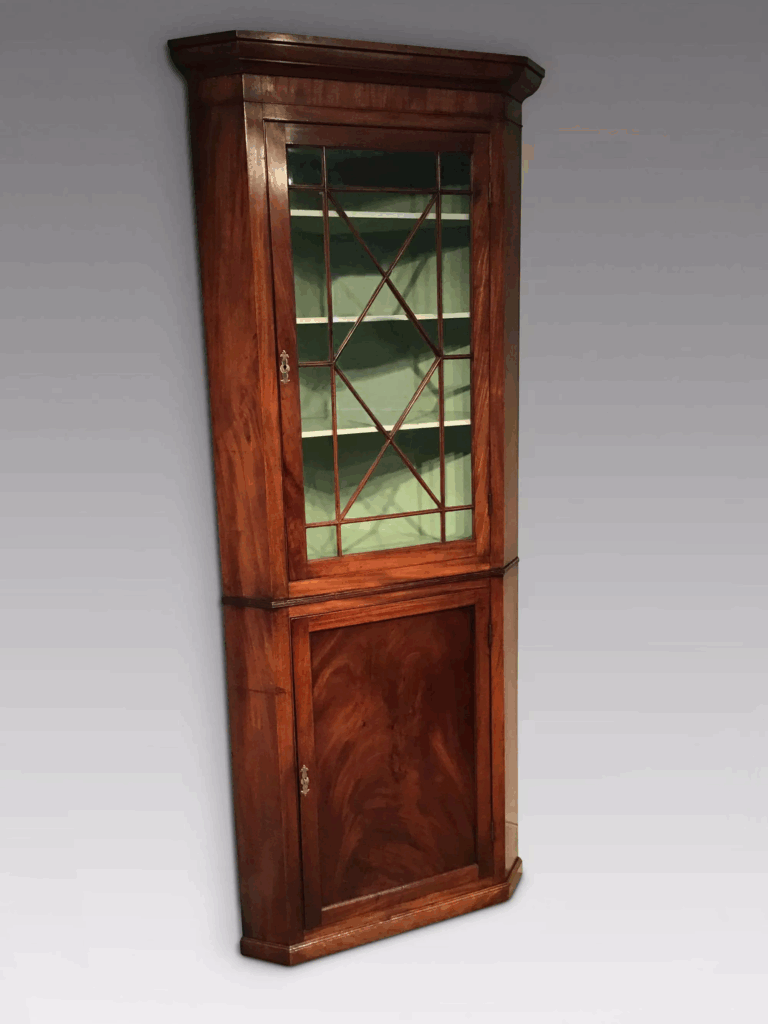
The Georgian cabinet, often crafted from mahogany or oak, was designed to store and display valuable items in the home. These cabinets were typically used in dining rooms or libraries and are often adorned with intricate carvings or inlays. The fine craftsmanship and use of premium woods make these cabinets highly valued by collectors. Depending on its features and condition, a Georgian cabinet can be worth between $5,000 and $20,000.
The cabinet’s functional design, combined with its ornamental beauty, made it a popular choice in Georgian homes. Some cabinets feature glass fronts, showcasing the fine detailing and craftsmanship of the era. Today, these cabinets are still highly sought after due to their historical importance and aesthetic appeal. Collectors appreciate the craftsmanship and historical value that these pieces bring to their collections.
Georgian Sideboard
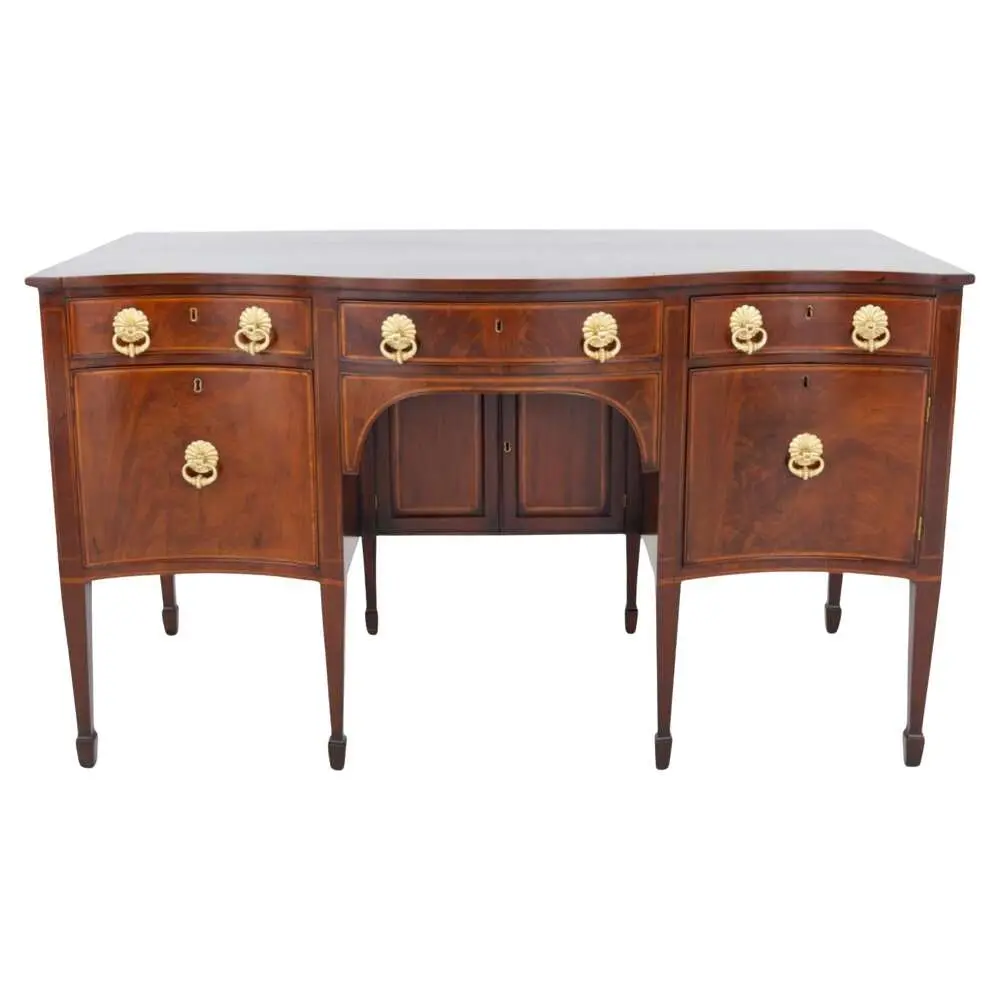
The Georgian sideboard is a piece of furniture that was essential for dining rooms in the 18th century. Known for its elegant lines and ample storage space, it was often used to serve food and store china. The use of high-quality materials, including mahogany and walnut, and the attention to detail in the carving of the legs and other features make the sideboard valuable today. Prices for Georgian sideboards range from $4,000 to $15,000, depending on the condition and craftsmanship.
These sideboards were often decorated with intricate inlays or carvings, which made them stand out in dining spaces. They were designed to be both functional and ornamental, offering a place to store tableware and display fine items. The value of these pieces has grown over the years due to their unique design and the scarcity of well-preserved examples. As a result, they remain a highly desirable addition to any collection.
Georgian Set of Chairs
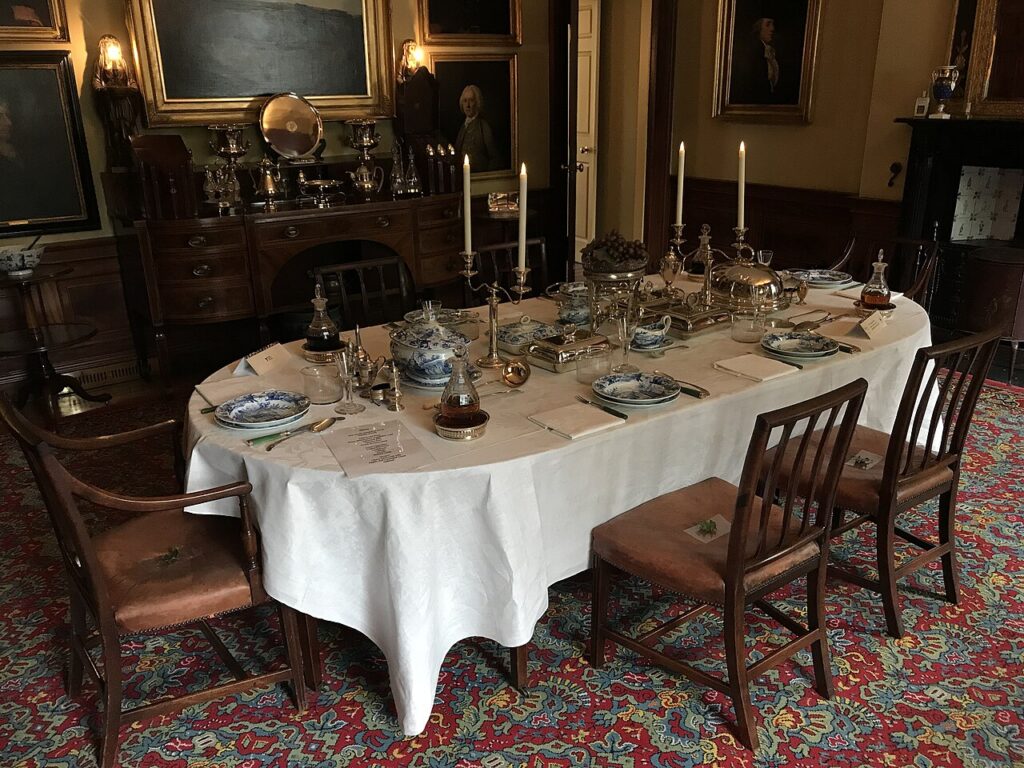
A Georgian set of chairs, often made of fine wood like mahogany or walnut, features elegant designs that have become iconic in furniture history. These chairs typically have refined legs and often include intricate carvings or upholstered seats. Sets of chairs, particularly those from the Georgian era, are highly valued due to their craftsmanship and rarity. Depending on their condition and the quality of the upholstery, they can be worth anywhere from $2,000 to $10,000 per chair.
Georgian chairs were designed to complement the fine dining tables and other furniture pieces of the time. Many sets included matching armchairs and side chairs, creating a cohesive look in the home. These chairs were highly prized for their comfort and elegance, which still make them desirable in the modern market. Collectors often seek out well-preserved sets, as they add significant value to any collection.
Georgian Longcase Clock

The Georgian longcase clock, commonly known as a grandfather clock, was a staple of many Georgian homes. These clocks were often made from mahogany or oak and featured intricate carvings and brass details. The value of a longcase clock depends on the craftsmanship of the clockmaker and the condition of the clock’s mechanism. A Georgian longcase clock can range from $4,000 to $20,000, with some rare examples fetching even higher prices.
The longcase clock served as both a functional timepiece and a statement piece in the home. These clocks were prized for their precision and the craftsmanship involved in creating the intricate movements inside. As with other Georgian furniture, the rarity of well-preserved clocks increases their desirability and value. Today, these clocks are considered valuable antiques and are sought after by collectors and antique enthusiasts alike.
Georgian Card Table
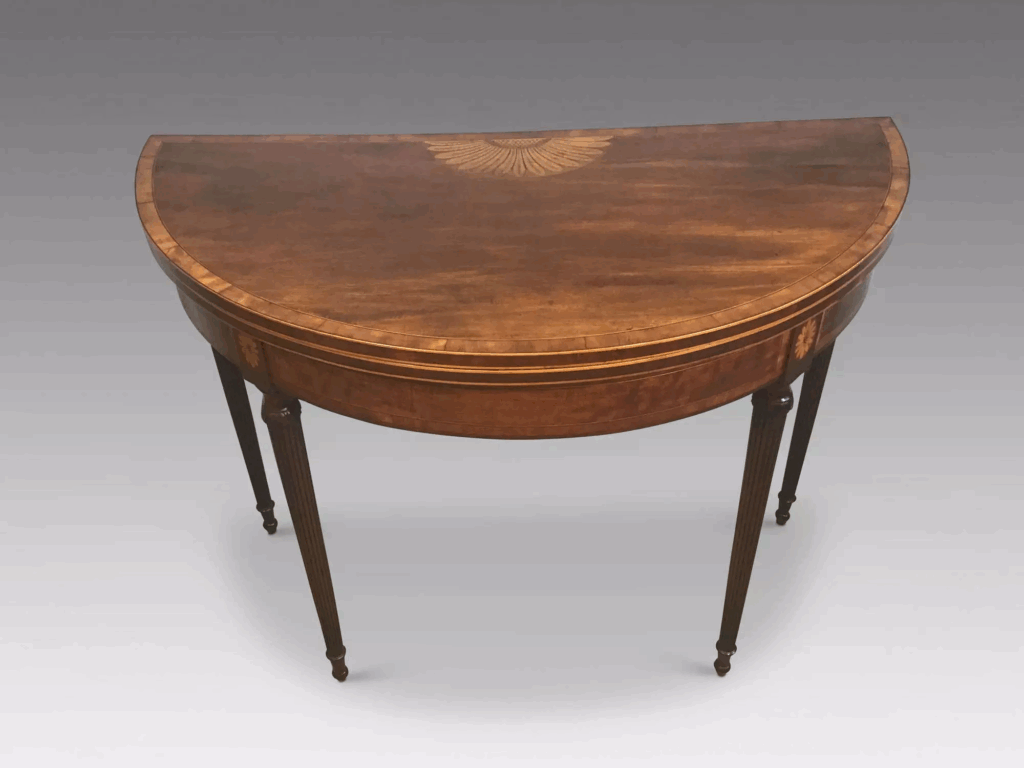
The Georgian card table was a staple in the homes of the wealthy during the 18th century, designed specifically for games and social gatherings. Made from fine wood, often mahogany, these tables were compact and easily foldable, making them practical for use in small spaces. The value of a Georgian card table can range from $2,000 to $10,000, with certain high-quality examples exceeding this range. The detailed inlay work and graceful design contribute to its value today.
Card tables were important in Georgian society, where card games and social gatherings were common activities. The folding design allowed the tables to be stored away when not in use, making them a functional addition to any room. Today, these tables are highly valued by collectors who appreciate the craftsmanship and historical significance of these fine pieces. They offer a glimpse into the leisure activities and design preferences of the Georgian era.
Georgian furniture has a lasting place in both antique collections and modern interiors. Its combination of exquisite craftsmanship and historical value makes these pieces incredibly sought after.
This article originally appeared on Avocadu.
